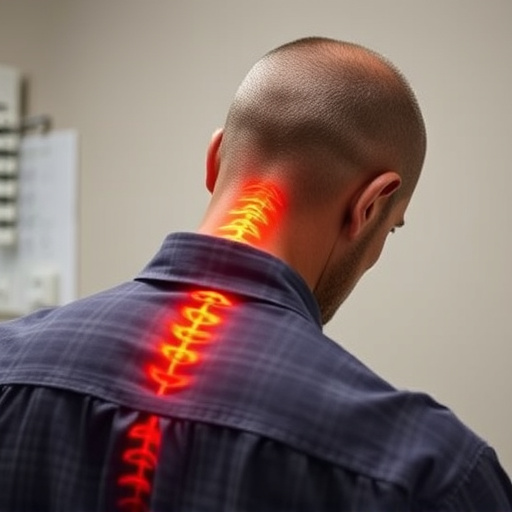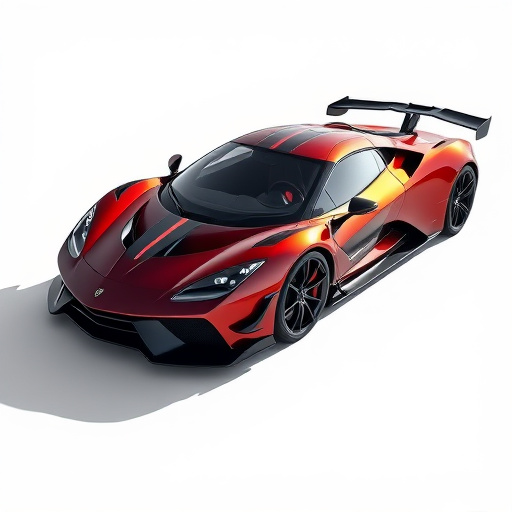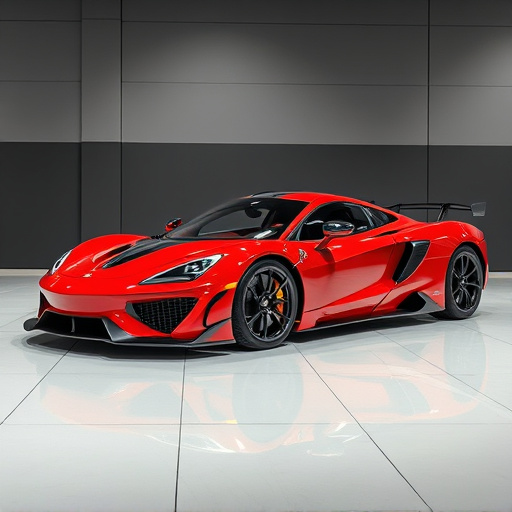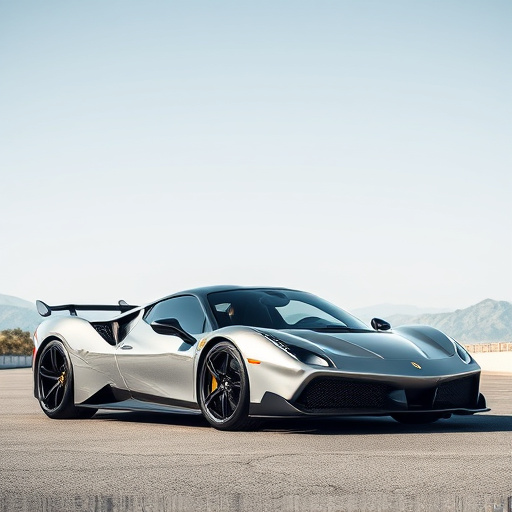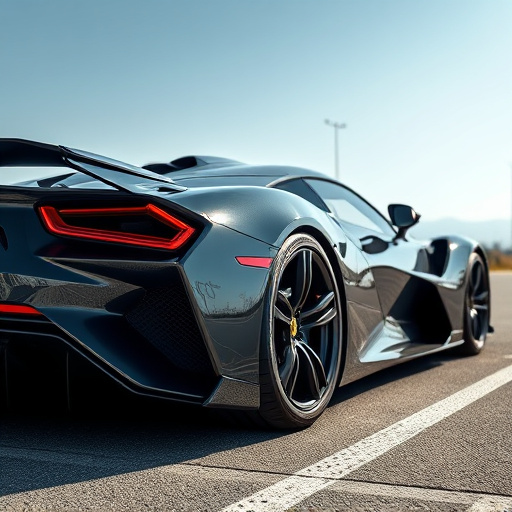Importing JDM (Japanese Domestic Market) vehicles, popular for high-performance intakes, requires careful consideration of international compatibility issues, especially regarding engine specifications, electrical systems, and emissions standards. While these intakes offer improved efficiency and power output, they must be legally integrated with local regulations and emissions requirements to ensure optimal performance and compliance. Despite bureaucratic challenges and restrictions on features like high-performance intakes, dedicated car enthusiasts can navigate these hurdles through expert advice and careful planning to legally enjoy their unique vehicles.
In today’s global market, importing vehicles has become increasingly popular for those seeking unique options beyond domestic offerings. However, ensuring international vehicle compatibility is crucial before making a purchase. This article delves into the essentials of understanding and navigating this process. We explore how features like JDM (Japanese Domestic Market) intakes can enhance performance, as well as the legalities and customization challenges involved in importing vehicles. By shedding light on these aspects, we empower car enthusiasts to make informed decisions.
- Understanding International Vehicle Compatibility: The Basics
- Importing Vehicles with JDM Intakes: Enhancing Performance
- Navigating Legalities and Customization Challenges
Understanding International Vehicle Compatibility: The Basics

When importing vehicles from abroad, understanding international vehicle compatibility is crucial for a seamless experience. This involves considering factors such as engine specifications, electrical systems, and emissions standards, which can vary significantly between regions. For instance, Japanese Domestic Market (JDM) vehicles are known for their unique performance intakes and specialized tuning, making them popular choices among car enthusiasts worldwide. However, these differences require careful adaptation to ensure the imported vehicle functions optimally in its new environment.
Importing a vehicle involves navigating through varying regulations and standards, which can impact performance. JDM cars, for example, often have different fuel injection systems and engine management software compared to their domestic counterparts. Integrating these components into a foreign market requires either modification or finding compatible parts that meet the local emissions requirements. This ensures not only legal compliance but also optimal vehicle performance and safety.
Importing Vehicles with JDM Intakes: Enhancing Performance
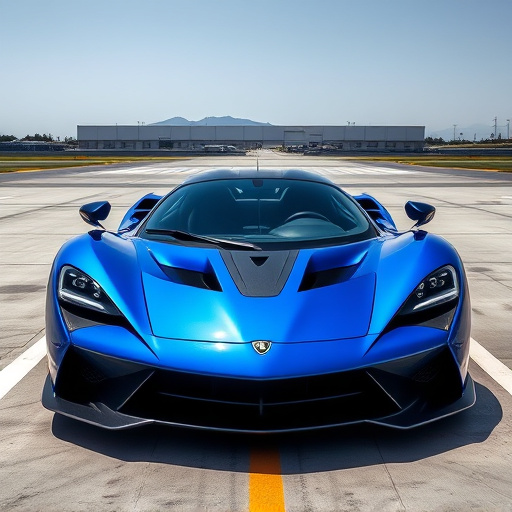
Importing vehicles with JDM (Japanese Domestic Market) intakes has gained popularity among automotive enthusiasts seeking to enhance their ride’s performance. These intakes, designed for Japanese cars, offer several advantages in terms of both efficiency and power output. The unique engineering and high-quality materials used in JDM intakes ensure optimal air flow into the engine, resulting in improved fuel combustion and increased horsepower. This direct injection of cool, dense air allows engines to breathe more efficiently, leading to better overall performance and a smoother driving experience.
For those looking to modify their vehicles for enhanced performance, JDM intakes provide a straightforward and effective solution. By replacing stock intake systems with JDM alternatives, importers can achieve better throttle response, increased turbo or supercharger efficiency (if applicable), and even better fuel economy due to the improved combustion process. The market offers various options, catering to different vehicle models and power requirements, making it an attractive choice for those seeking that extra edge in their import’s performance capabilities.
Navigating Legalities and Customization Challenges
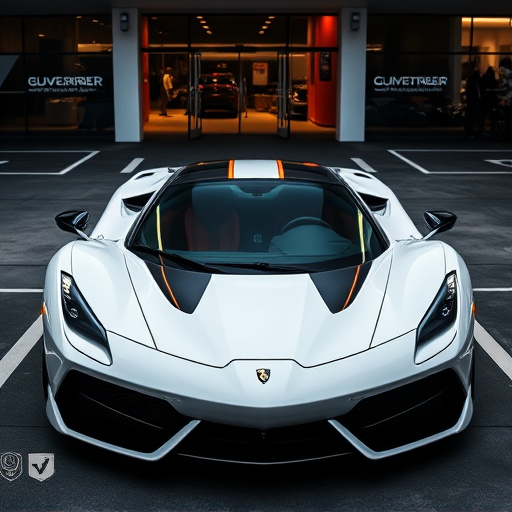
Importing a vehicle from another country, especially those with unique specifications like JDM (Japanese Domestic Market) models, presents a series of legal and customization challenges. Each nation has its own set of regulations governing vehicle imports, which can include restrictions on certain features, engine modifications, and even cosmetic changes. For example, intakes designed for enhanced performance might not be readily approved due to emissions standards, requiring owners to navigate bureaucratic processes or invest in custom solutions.
Customizing an imported vehicle further complicates matters. While some alterations may be straightforward, others demand extensive knowledge of local laws and industry standards. This often involves seeking expert advice, ensuring all modifications are legal and safe, and potentially incurring additional costs for compliance. The process can be labyrinthine, but with careful planning and understanding of the regulations, car enthusiasts can navigate these hurdles to enjoy their unique imported vehicles while adhering to local legal frameworks.
International vehicle compatibility is a fascinating realm for automotive enthusiasts, especially those interested in importing high-performance vehicles with JDM intakes. By understanding the basics and navigating the legalities, car owners can enhance their driving experience while adhering to local regulations. The process involves careful consideration of customization challenges, ensuring that imported components not only boost performance but also meet safety standards. In today’s global market, exploring JDM intakes and other modifications can transform a regular vehicle into a true symphony of power and precision.

